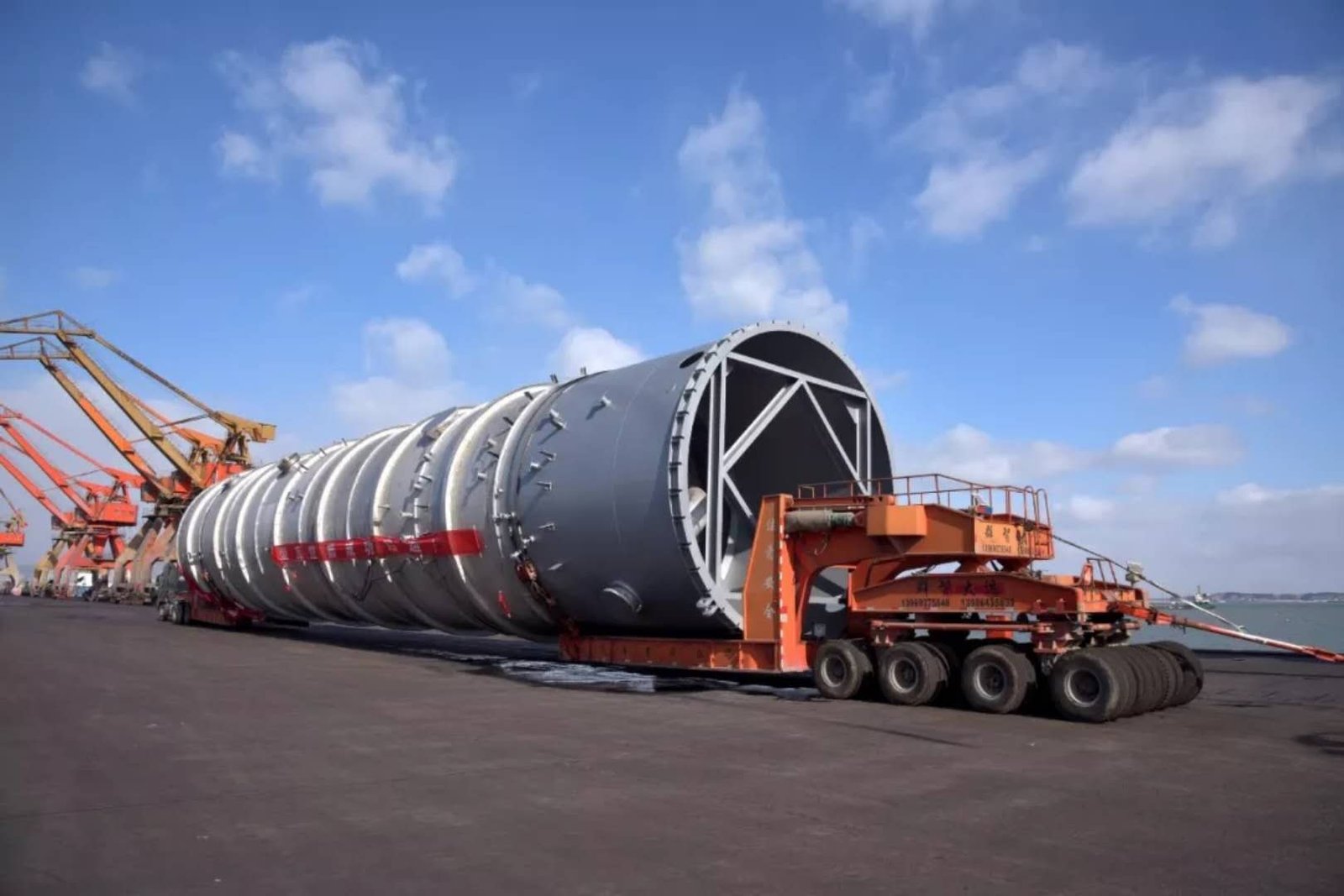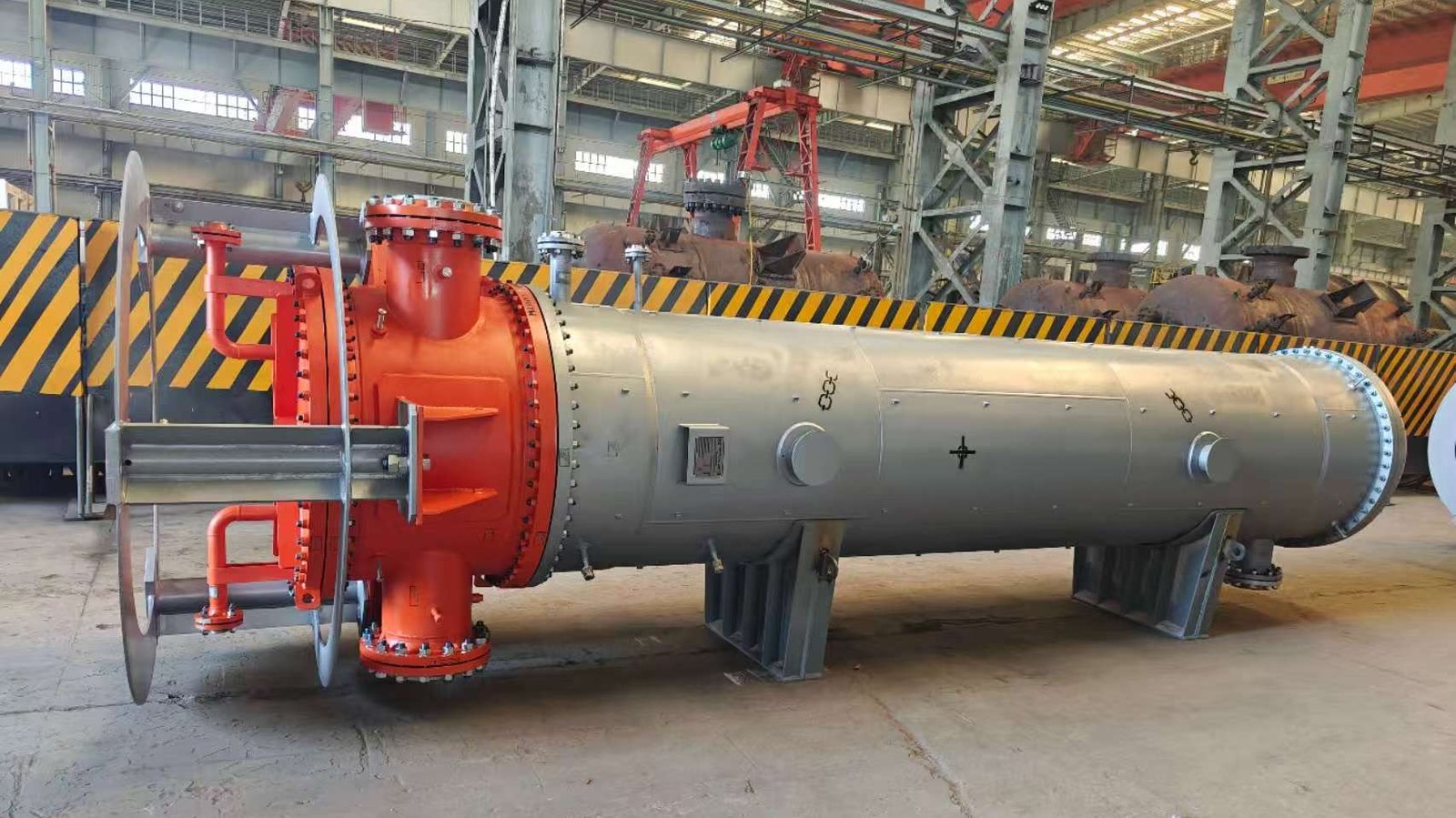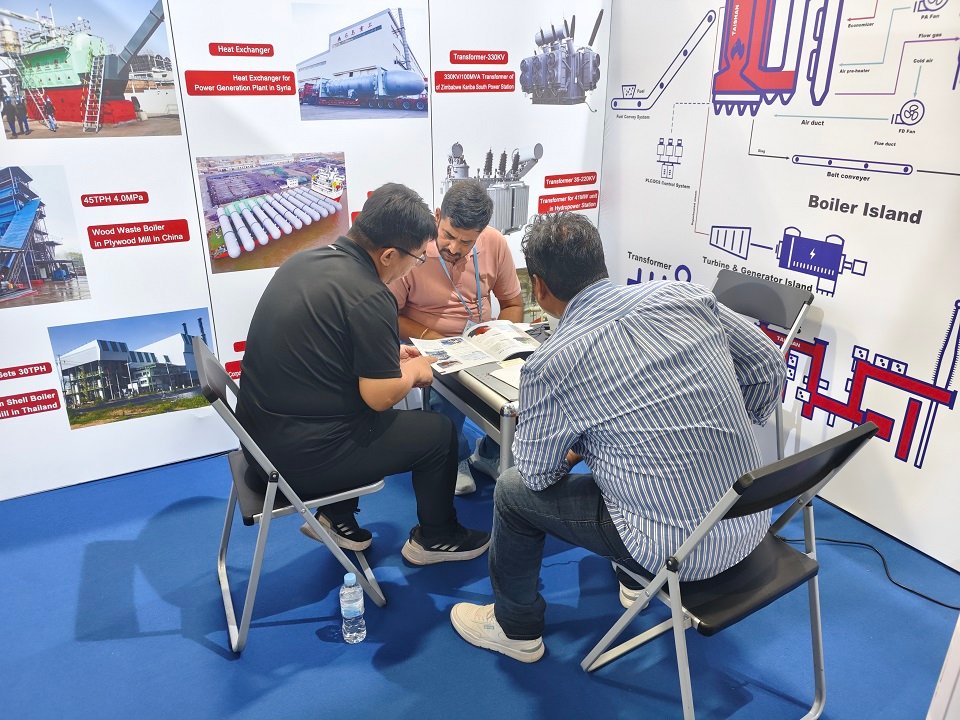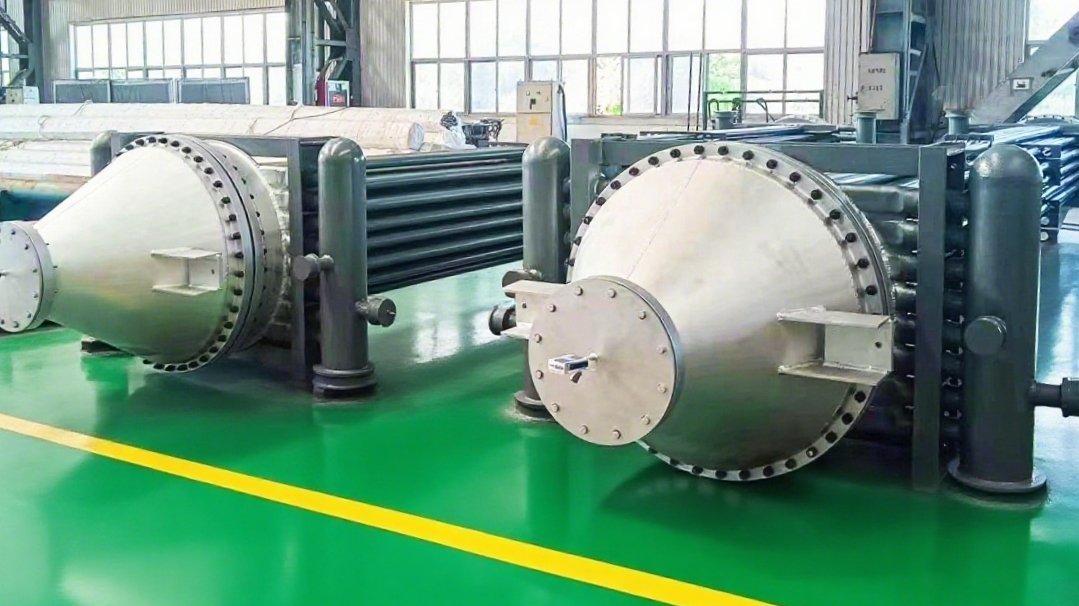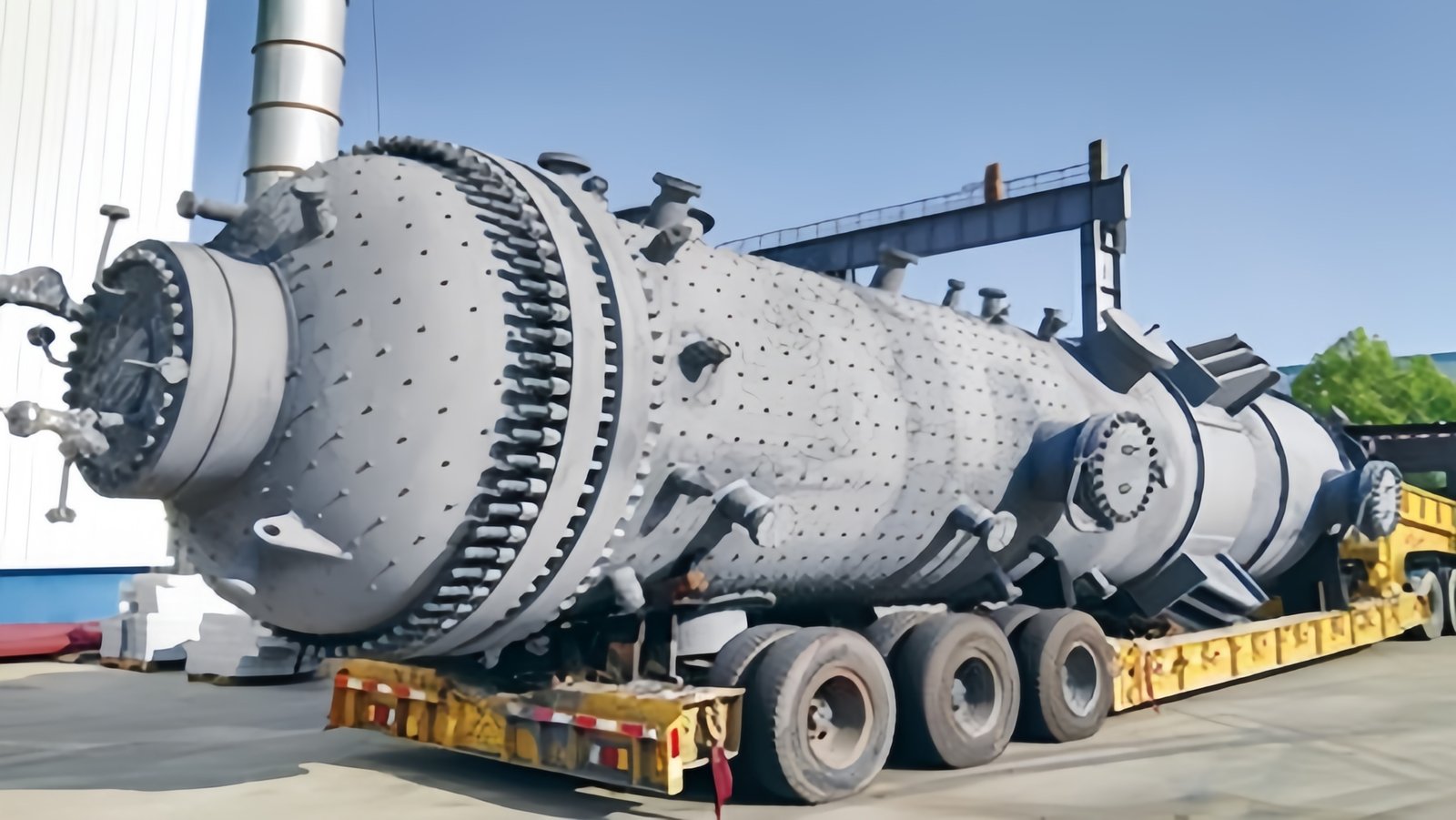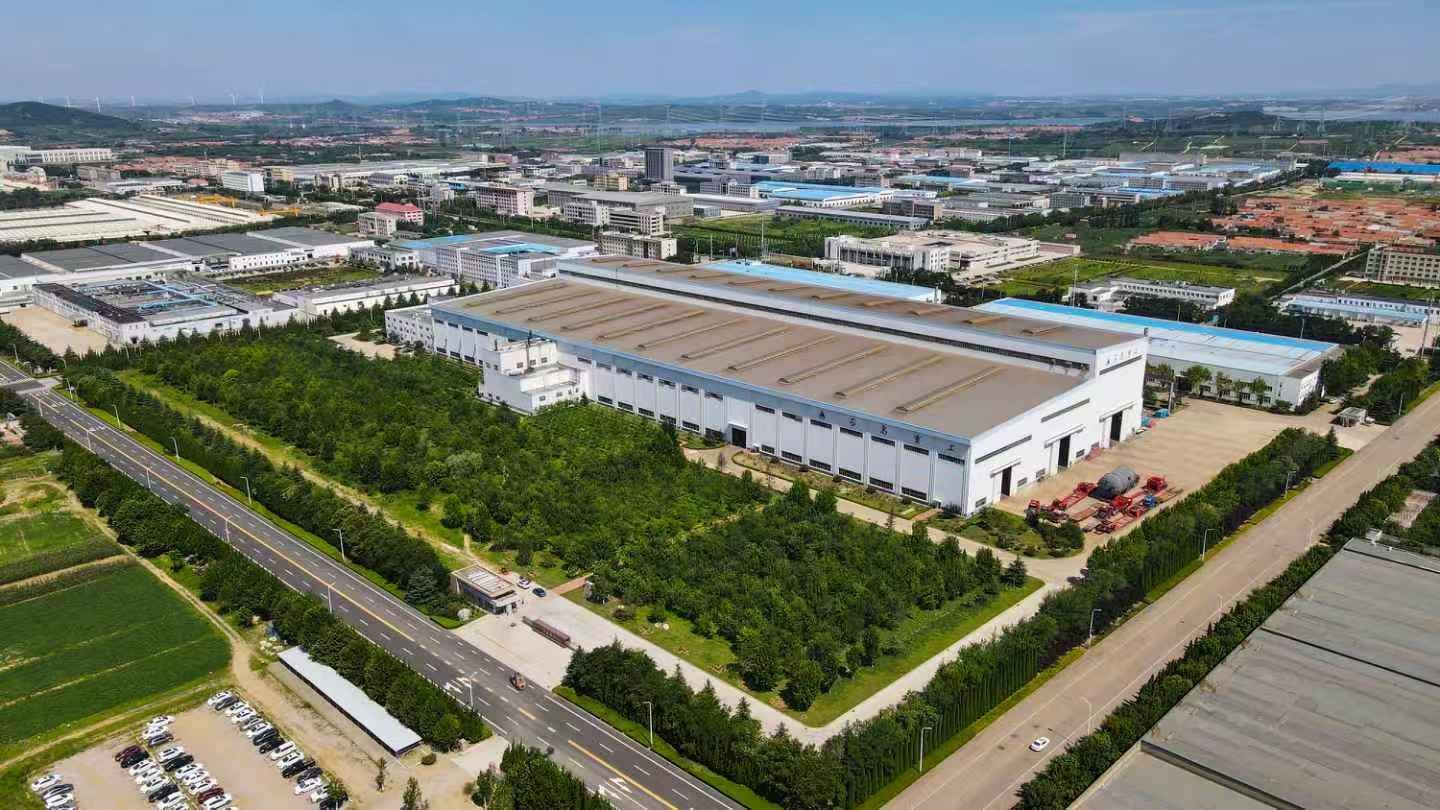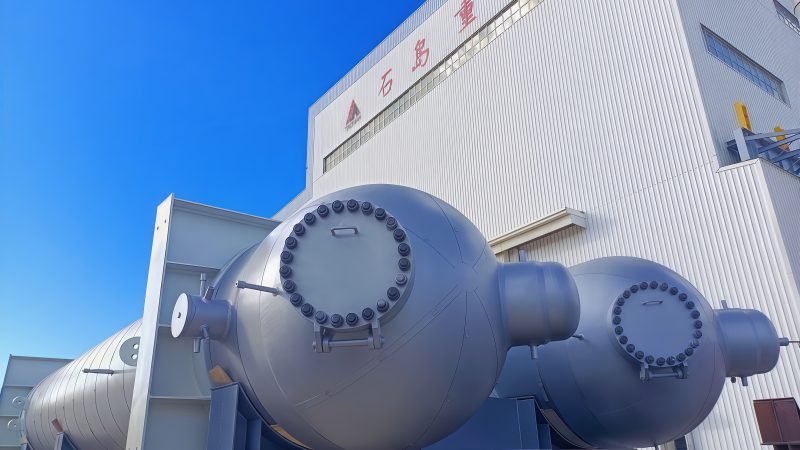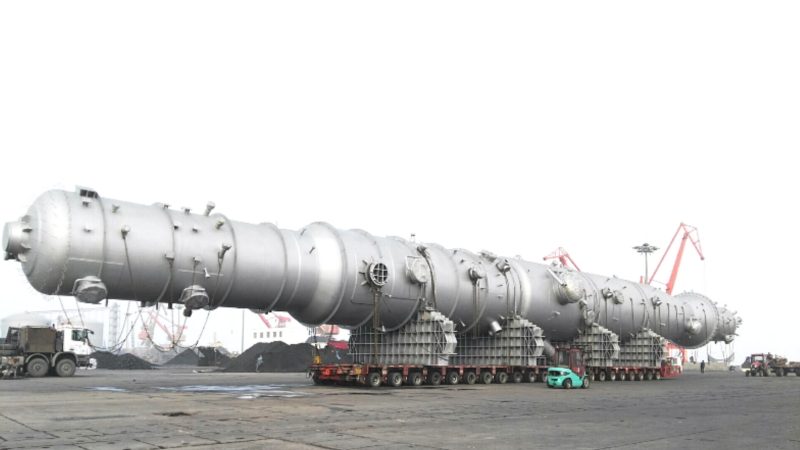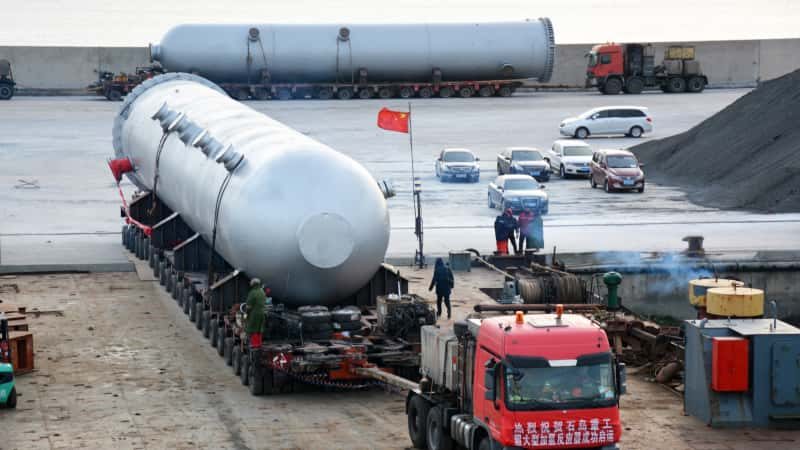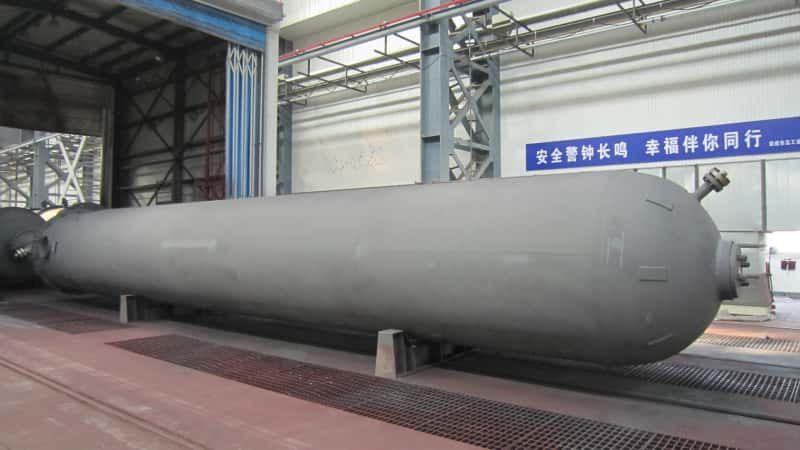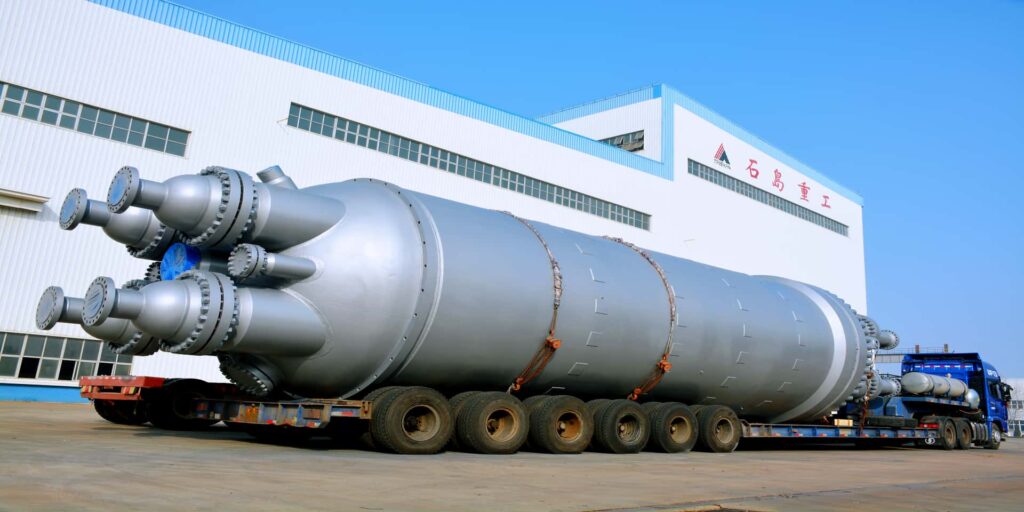
Whether you’re a student entering the field of mechanical engineering, a plant operator handling industrial equipment, or a procurement manager sourcing components, understanding the basic knowledge of pressure vessels is essential for safety, efficiency, and compliance. Pressure vessels play a pivotal role in industries ranging from chemical processing to food production. Yet without foundational knowledge, errors in operation, design, or maintenance can lead to catastrophic consequences such as explosions, toxic releases, or structural failure. This article is your comprehensive guide to understanding the basic principles of pressure vessels—what they are, how they work, where they’re used, and the safety codes that govern them.
A pressure vessel is a sealed container designed to hold gases or liquids at pressures significantly different from atmospheric pressure. Basic knowledge includes understanding their types, parts, materials, operating principles, design standards (such as ASME Section VIII), and typical applications in industry.
Once you grasp the fundamentals, you’ll be better equipped to manage, operate, or design systems involving pressurized fluids safely and efficiently. Keep reading to explore the foundational knowledge that underpins one of the most critical components in engineering systems.
\
Pressure vessels are used only for storing gases.False
Pressure vessels are used to store both gases and liquids, and are also used in processing, heating, and chemical reactions under pressure.
1. What Is a Pressure Vessel?
A pressure vessel is a closed structure that contains a fluid (liquid or gas) at a pressure substantially different from the ambient atmosphere. The pressure differential can be either positive (internal pressure greater than atmospheric) or negative (vacuum conditions).
General Characteristics
| Characteristic | Typical Detail |
|---|---|
| Pressure | From a few psi to thousands of psi |
| Volume | Small (a few liters) to very large (hundreds of m³) |
| Materials | Steel, stainless steel, alloy metals, composites |
| Shape | Cylindrical, spherical, elliptical |
| Application Type | Static (storage, processing) |
\ Pressure vessels are always cylindrical in shape.False While cylindrical vessels are common due to ease of manufacturing and stress distribution, pressure vessels can also be spherical, conical, or elliptical depending on their application.
2. Common Types of Pressure Vessels
| Type | Function |
|---|---|
| Storage Vessels | Contain fluids like water, oil, propane, or compressed air |
| Heat Exchangers | Transfer heat between two pressurized fluids |
| Reactor Vessels | Facilitate chemical reactions under pressure and temperature |
| Autoclaves | Sterilize or cure products using steam under pressure |
| Air Receiver Tanks | Store compressed air for pneumatic tools or machines |
3. Basic Components of a Pressure Vessel
| Component | Function |
|---|---|
| Shell | The cylindrical or spherical body holding the internal pressure |
| Heads/End Caps | Dished, elliptical, or spherical ends that close off the shell |
| Nozzles | Openings for fluid entry/exit, instrumentation, and inspection |
| Manways | Access ports for maintenance or internal inspection |
| Supports | Saddles, legs, or skirts that anchor the vessel in place |
| Pressure Relief Valve | Prevents overpressure situations by automatic release |
Diagram of a Standard Pressure Vessel
| Label | Description |
|---|---|
| A: Shell | Main body under internal pressure |
| B: Elliptical Head | End cap for stress minimization |
| C: Nozzle | Entry or exit for fluid |
| D: Gauge | Measures internal pressure |
| E: Support Saddle | Anchors vessel to foundation |
4. Basic Operation Principles
Pressure vessels work based on the mechanics of internal pressure, where pressure exerts force on the vessel walls. The vessel must be strong enough to withstand this force without rupture or deformation. Pressure can be introduced by:
- Compressors (air/gas)
- Pumps (liquid)
- Chemical reactions (gas generation)
Designers use hoop stress and longitudinal stress calculations to determine the required wall thickness. Key formula used:
t = \frac{P \cdot R}{S \cdot E – 0.6 \cdot P}
Where:
- $t$ = minimum required thickness
- $P$ = internal pressure
- $R$ = internal radius
- $S$ = allowable stress of material
- $E$ = weld efficiency
5. Codes and Standards
| Standard | Region/Country | Scope |
|---|---|---|
| ASME Section VIII | USA, global adoption | Design, fabrication, testing of pressure vessels |
| PED 2014/68/EU | European Union | Compliance for vessels in EU countries |
| GB 150 | China | National pressure vessel standards |
| JIS B8265 | Japan | Pressure vessel construction and testing |
Certification Requirements
- Nameplate with max allowable working pressure (MAWP)
- Material traceability and documentation
- Hydrostatic or pneumatic testing
- Non-destructive examinations (NDE) such as ultrasonic, radiographic testing
\ All pressure vessels must comply with ASME standards.False While ASME is widely recognized, other countries may use PED (EU), GB (China), or JIS (Japan). Compliance depends on location and application.
6. Common Materials Used
| Material | Application |
|---|---|
| Carbon Steel (SA-516) | General purpose, low-temperature |
| Stainless Steel (304/316) | Corrosive and food-grade environments |
| Inconel, Hastelloy | High-temperature and chemical resistance |
| Aluminum | Lightweight, less pressure resistance |
Material choice is dictated by:
- Design pressure and temperature
- Corrosiveness of media
- Required weight
- Cost considerations
7. Typical Applications
| Industry | Use Case |
|---|---|
| Oil and Gas | Storing LPG, pressure separation of gas/liquid mixtures |
| Power Generation | Steam drums, boiler shells |
| Chemical Processing | Reactor vessels for pressurized synthesis |
| Food and Beverage | Pressurized carbonation tanks |
| Medical | Autoclaves, oxygen cylinders |
Chart: Industry vs Pressure Vessel Type
| Industry | Common Vessel Type | Operating Pressure |
|---|---|---|
| Petrochemical | Reactor, separator | 200–3,000 psi |
| HVAC | Expansion tanks | 50–150 psi |
| Aerospace | Fuel tanks, test chambers | 5,000–10,000 psi |
| Beverage Production | Fermentation and CO₂ tanks | 15–120 psi |
8. Basic Maintenance and Inspection
| Activity | Frequency | Purpose |
|---|---|---|
| Visual inspection | Every 6–12 months | Check for corrosion, weld cracks |
| Pressure testing | Every 3–5 years | Verify structural integrity |
| NDE (Ultrasonic, RT) | As needed or regulatory | Internal flaw detection |
| Relief valve calibration | Annually | Ensure safety devices operate correctly |
Summary
Basic knowledge of pressure vessels encompasses understanding their design, function, components, materials, and regulatory requirements. These vessels are essential across industries to safely store and process fluids under pressure. By mastering this foundational information, you are equipped to better design, operate, or inspect pressure systems with safety and efficiency in mind.
Need Professional Help With Pressure Vessels?
We offer engineering, design, certification, and manufacturing of pressure vessels for any application, fully compliant with ASME, PED, and other international standards. Contact us today to consult with a certified expert and ensure your pressure systems are safe, compliant, and optimized for performance.

